Iodine- the Overlooked Element in Health
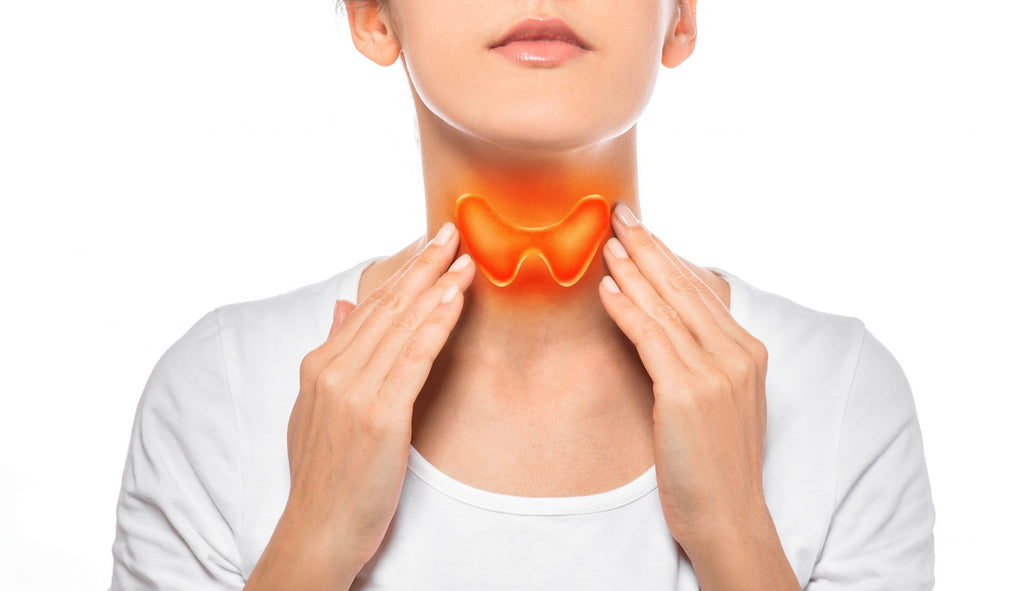
Everyone has heard of Iodine and surely has seen the containers of iodized salt for sale at the supermarket or on your pantry shelf.
The fact that standard table salt is iodized is for a reason- Iodine is essential to your health, and getting enough is essential for thyroid health, helping avoid cysts, fetal development, and mental development in childhood. In fact, salt must contain a warning if it does NOT contain Iodine. Iodine is found in most soils and waters, therefore in trace amounts in many foods. It is found in much higher levels in seaweed, seafood, dairy products, eggs, and liver. Iodine is passed to the fetus during pregnancy, and to an infant by breast milk. Some areas may have very low levels of iodine in the soil and water, including areas with large bodies of freshwater, mountainous areas, and areas prone to flooding. In fact, prior to the 1920s, there were “goiter belts” in the United States around the Great Lakes, in the Pacific Northwest, and in some mountainous regions due to the low levels of iodine. Those low levels caused an unusually high prevalence of goiters, a swelling on the neck caused by an enlarged thyroid. Goiters as a common condition virtually disappeared after the introduction of iodized salt in 1924 after a recognition of the health crisis caused by insufficient iodine in some areas of the country.
So what’s the problem? Iodizing salt and a standardized food supply have made it unlikely to lack iodine, right?
Unfortunately, no. To start with, salt was chosen as the medium because it was a substance that was on every table, consumed often as a seasoning, and cheap. Those things don’t always hold true anymore. People have drastically reduced their use of table salt, both because of a growing realization of the harms of consuming too much sodium, the use of more premium types of salt that may not be iodized, or of potassium or salt-free seasonings that also do not contain iodine. People also eat far more prepared foods and foods at restaurants today than they did in the 1920s. Those foods tend to contain far more salt than freshly prepared foods do, and therefore it’s reasonable to decrease salt intake by decreasing its use at the table. Cooking with iodized salt, however, can reduce its iodine content by as much as 70%. Seafood consumption, never as high in the United States as in some other countries, has declined, especially as prices continue to rise. An increase in (or increasing awareness of) food allergies and intolerances has meant a decrease in dairy consumption for many. Also, the iodine in milk comes from enriching the milk, and the increasing consumption of more boutique brands of dairy products that may not be enriched may also decrease iodine consumption. Iodates were also used as bread conditioners for many years to provide elasticity to softer-style breads. Those have largely been replaced by chemically based conditioners. People who do eat these style of breads don’t get the iodine they used to, and those that eat more artisanal breads don’t get any of the dough conditioners for the most part.
Other diets also decrease how much iodine you may get.
For instance, vegan diets are frequently low in iodine unless you consume a lot of seaweed. One study published in the British Journal of Nutrition remarked that 36% of male and 63% of female vegans had low iodine intake. Similarly, Lacto-vegetarians tend to be low in iodine according to another study in the same journal. It’s also not enough to measure the iodine in your foods- what matters is how much iodine you uptake. Certain food additives like a number of food preservatives can decrease the uptake of available iodine. Cigarette smoking may decrease iodine uptake. The consumption of goitrogenic foods like soy, millet, broccoli, Brussel sprouts, cabbage, and cauliflower may interfere with the uptake of iodine by the thyroid as well. What is clear is that these trends taken together help explain the increase in the number of people plagued with iodine deficiency in the United States in recent years.
Iodine intake has decreased by 50% since the 1970s in the US, and the use of ingredients like preservatives has increased.
Groups of people with iodine deficiency have re-emerged as well, with moderate to severe deficiency increasing from 2.5% of the population in the 1970s to 11% of the population in the 1990s according to a 2005 article in the Lancet. A 2003 study conducted in Boston by the American Thyroid Association found that 44% of breast milk samples contained insufficient amounts of iodine to meet the needs of infants.
A Journal of Nutrition article from 2010 points out that pregnant women need roughly twice as much iodine during pregnancy
...and that some subgroups of women tend to be at higher risk during pregnancy. Pregnant women who are iodine deficient are more at risk for obstetric risks, and iodine is crucial for fetal development. Several studies have noted that even mild iodine deficiencies in pregnant women can cause a lowering of IQ in the child by as many as a dozen points.
It should be obvious by now that Iodine is important and that we should pay closer attention to it in our diets. How?
Well, that partly depends on your body, the health of your thyroid, whether you have any cysts or other iodine-dependent conditions that are being treated, and how diligent you will be about changing your diet. If you are concerned, you should have your iodine and thyroid hormone levels checked by your practitioner. If you are pregnant, thinking of becoming pregnant, or a nursing mother, you should make sure to double the normal levels of iodine and ensure you get enough every day. You could eat more seafood, particularly seaweed. If you don’t think you’ll do that, or even if you’ll try, you should have a quality iodine supplement around.
T3 Prime is a great product to guarantee that you get enough iodine daily.
T3 Prime’s iodine is extracted from organic kelp and contains some other vitamins and ingredients for thyroid support. It contains a moderate amount of iodine, and just two tablets a day contain 100% of recommended iodine. More may be needed for those nursing or pregnant. Even if you are eating an iodine-rich diet most of the time, it’s worth keeping around a supplement like this for those periods when you don’t, or if you might be planning a pregnancy. It may be that you are working with your practitioner to handle a more severe thyroid issue, or to target cysts, treat asthma, cpd, mycoses, or an inflammatory condition. In these cases, your practitioner may want you on a higher supervised dose of iodine. A product that could be appropriate in these cases is Iodine 12.5, which provides a higher dose of pure iodine with no other active ingredients.
Thyroid conditions tend to be underdiagnosed in the United States
...and along with folate, iodine is one of the most important things to make sure you have adequate levels during pregnancy, and when breastfeeding. The decrease in iodine consumption and interference with iodine uptake from other substances means that old problems become new again. Time to find a new solution and make a quality iodine supplement part of your preventative medicine regimen.
*By including product links in this article, Progressive Nutracare is providing a reference to our readers to assist in searching and cataloging the site. These products have not been evaluated by the F.D.A. are not intended to treat, diagnose, cure, or prevent disease.
- Robert Thomas

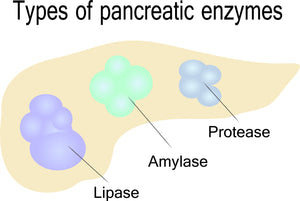

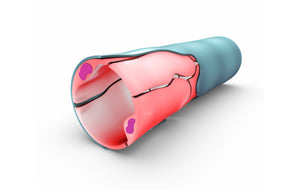
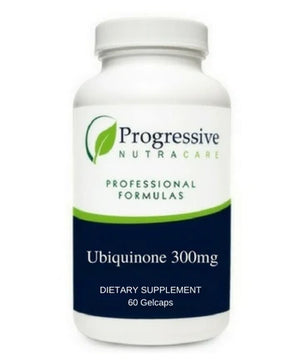
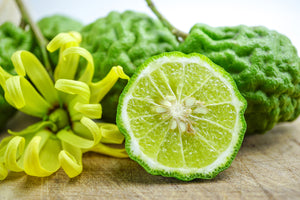
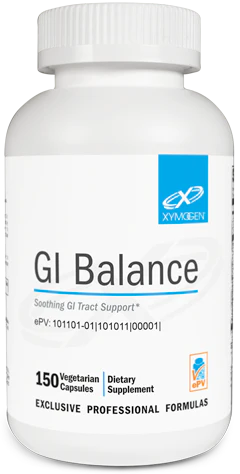
Comments 0